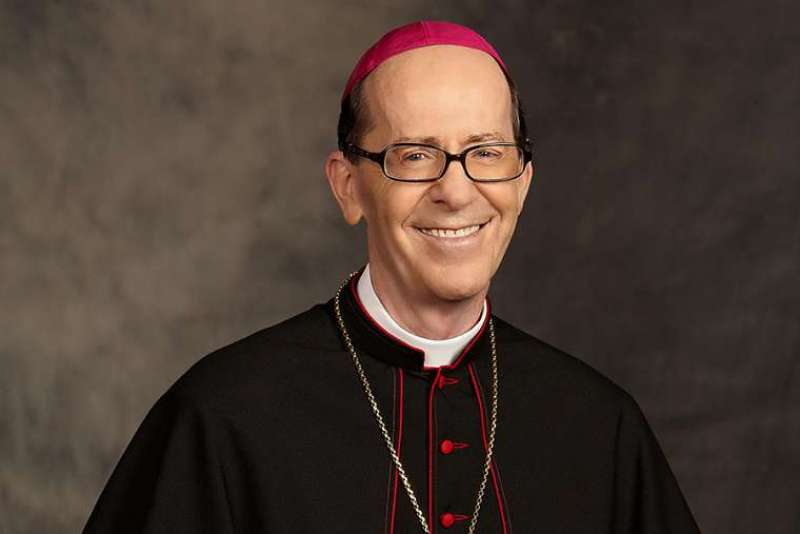Despite the scandals of clerical sexual abuse that the Catholic Church has suffered in past decades, the Church in the United States has also enjoyed a “renewal” in priestly formation, says Bishop Thomas Olmsted of Phoenix, Arizona.
In a monthly series of columns, Olmsted has been considering various aspects of the Church scandal, as well as ways to move forward in purification.
“Having addressed some of the causes of the scandals and certain questions about the priesthood, I would like now to look at the renewal that we are seeing in priestly formation,” Olmsted wrote April 16 in the Catholic Sun.
“This is good news since much of the scandal that has so hurt the Church had its beginnings in deficient seminary formation.”
The priesthood, like secular professions, requires preparation for the duties required, he wrote. In the Catholic Church today, this takes the form of training and formation within seminaries, but priests were not always prepared in this way.
“While the formation of the clergy in the early Church took the form of an apprenticeship, it grew to include more education at the monasteries and cathedral schools in the Middle Ages,” Olmsted noted.
“Then, at the Council of Trent in the mid-16th century, the Church called for seminary houses where men would be instructed especially in philosophy and theology in order to serve well as priests.”
St. Pope Paul XI, in the 1965 Vatican II document Optatum Totius, called for a “program of priestly training” be set up in each country under the purview of the country’s bishops’ conference, and that young men be trained “in such a way that the students might learn to live in an intimate and unceasing union with the Father through His Son Jesus Christ in the Holy Spirit.”
St. Paul VI and St. John Paul II developed these ideas, Olmsted wrote, as they later called for synods on the priesthood. John Paul II issued the post-synodal apostolic exhortation Pastores Dabo Vobis in 1992, which Olmsted said lays out the four pillars of formation for the priesthood.
These four pillars include: human formation— the augmentation of the men’s personalities and moral character to help them grow in virtue; spiritual formation— helping the men to experience God’s grace through the liturgy, Scripture, the Sacraments and prayer; intellectual formation— acquiring knowledge about Jesus and preparing the men for the teaching office of the priesthood; and finally pastoral formation— compassionately engaging in service to others within parishes, hospitals, schools, prisons, etc.
“The guidance of St. John Paul II in Pastores Dabo Vobis was a tremendous help for seminaries, putting specific criteria and policies in place that would protect us from the errors of the past,” Olmstead wrote.
In the United States, the bishops’ conference distilled the exhortation’s teachings into the Program for Priestly Formation which more specifically addresses the needs of the Church in the U.S.
Olmsted warned that priestly formation should not focus solely on academics, but on the “human and spiritual development” of the young men as well.
“It is important to note that the young men who are now considering such a call have grown up in a vastly different society from that of the Baby Boomers or Gen Xers. The stability of family life, the cultural mores and the laws of our land are not the same as in the past,” Olmsted wrote.
“Seminary life cannot simply assume good personal health and human competence on the part of those applying today and only focus on the academics. Instead, a special focus is needed on human and spiritual formation.”
The bishop said he has been pleased to see many seminaries “making good use of faithful counselors that can augment the work of seminary personnel and spiritual directors,” as well as having seminarians live in parish households where they can learn from and share in the work of pastors.
These developments, Olmsted said, are cause for hope in a new generation of priests. He also noted the importance of prayers from the laity in supporting priests and seminarians.

